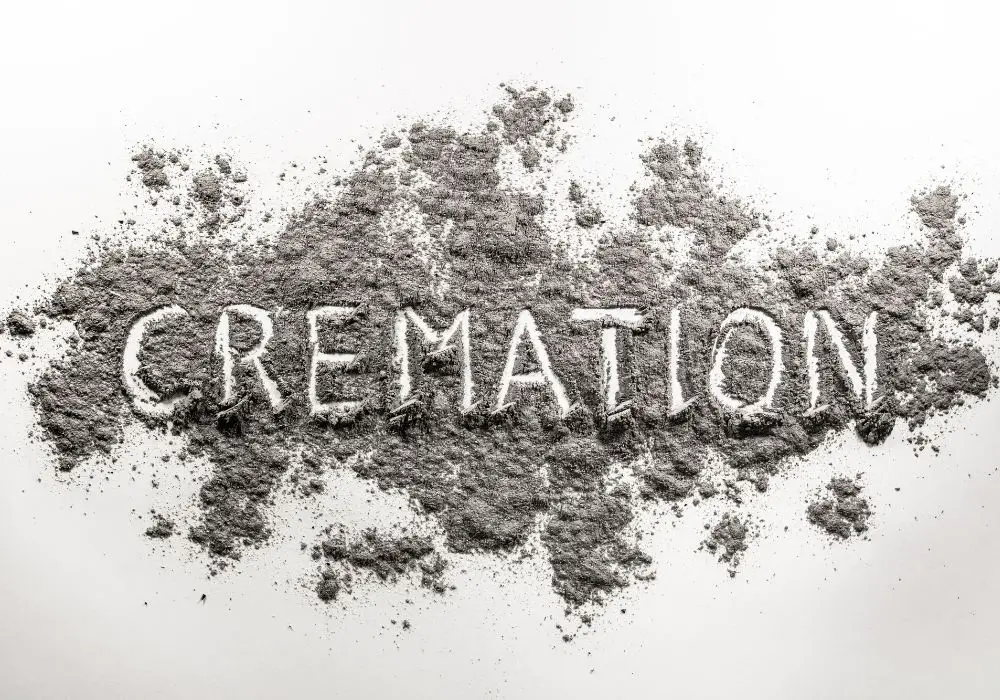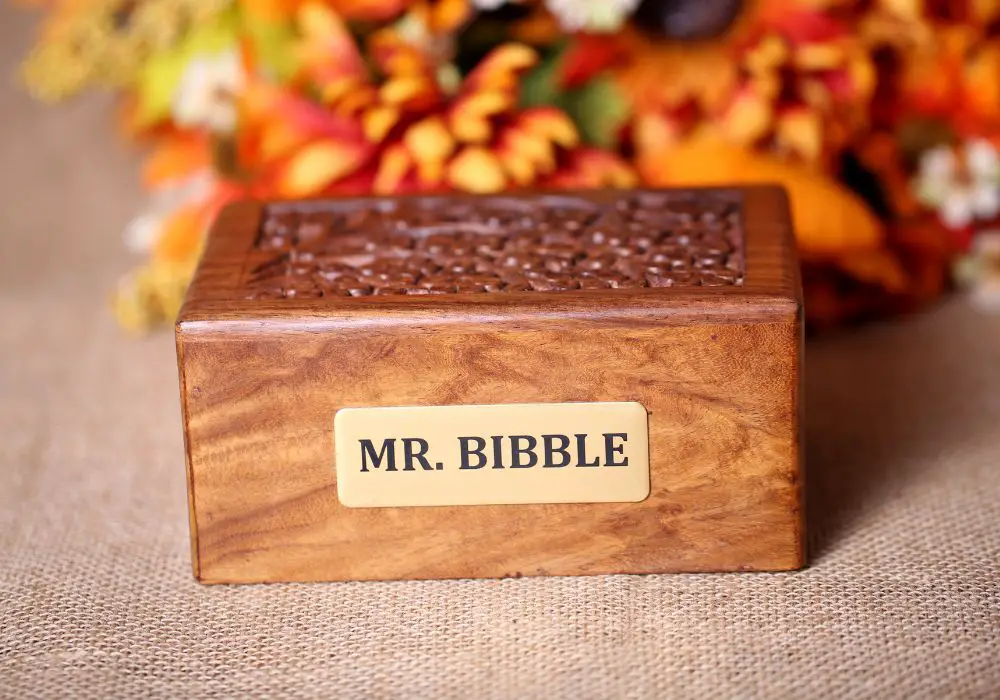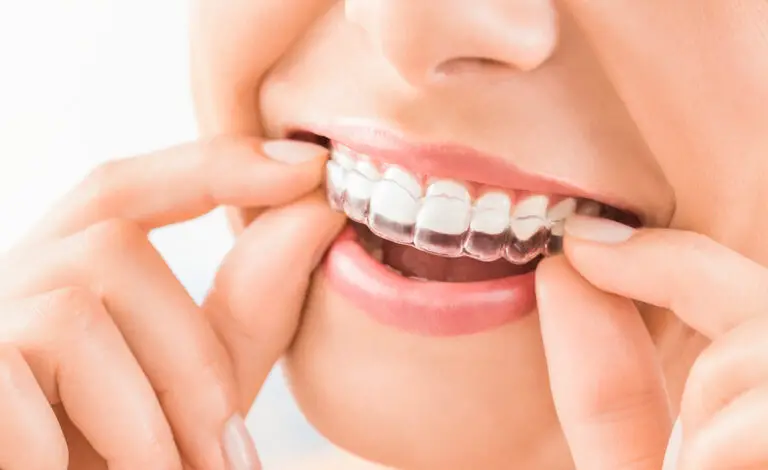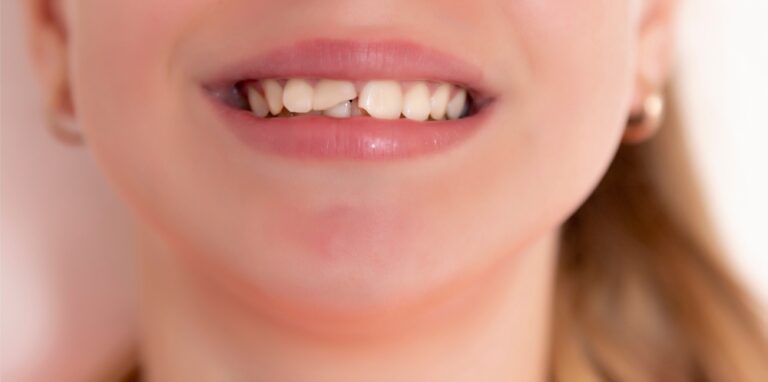Are you curious about what happens to teeth during cremation? It’s a common question that many people have, especially if they’re considering cremation as an end-of-life option. The answer is that teeth can survive the cremation process, but it depends on a few factors.
Teeth are made up of different types of tissue, including dentin and enamel. Dentin is similar to bone in its composition, while enamel is the hardest substance in the human body. Because of their unique composition, teeth can withstand the high temperatures of cremation and may not be completely destroyed. However, it’s important to note that not all teeth will survive the process, and any remaining fragments will be reduced to ash.
Understanding Ashes

When a loved one is cremated, their physical remains are reduced to ashes. These ashes are what is left after the cremation process is complete. But what exactly are ashes, and what do they contain?
Ashes are the result of the cremation process, which uses high heat to reduce the body to its basic elements. During cremation, the body is placed in a cremation chamber, where it is exposed to temperatures of up to 1,800 degrees Fahrenheit. This heat breaks down the body’s organic matter, leaving behind only bone fragments and other inorganic materials, such as dental fillings, artificial joints, and pacemakers.
The bone fragments are then processed into a fine powder, which is what we commonly refer to as ashes. These ashes can vary in color and texture, depending on a number of factors, including the type of cremation chamber used, the size of the bone fragments, and the temperature and duration of the cremation process.
It’s important to note that ashes do not contain any DNA or other identifiable genetic material. This means that it is not possible to positively identify a person based solely on their ashes. However, ashes can still hold a great deal of meaning for loved ones, as they represent the physical remains of the person they cared for.
In terms of what ashes contain, it’s worth noting that any dental work, including fillings, crowns, and bridges, will typically survive the cremation process. This means that it is possible for teeth to be present in ashes, although they may be reduced to small fragments. Additionally, any dental work made of metal or other inorganic materials will also be present in the ashes.
Overall, while ashes may not contain any identifiable genetic material, they can still hold a great deal of meaning for loved ones. Understanding what ashes are and what they contain can help to provide some comfort during a difficult time.
Teeth and Cremation Process
When a body is cremated, it is reduced to ashes, which are then placed in an urn or scattered in a special location. But what happens to the teeth during the cremation process?
Well, teeth are one of the few parts of the body that can withstand the high temperatures of the cremation chamber. The enamel, dentin, and cementum that make up teeth are some of the strongest substances in the body, so they don’t break down completely during cremation.
However, teeth fillings and gold teeth will be melted down and mixed with the cremains. The teeth themselves are typically ground up with the remaining bone fragments at the end of the process, making the ashes that loved ones will receive.
It’s important to note that while the teeth may remain intact during cremation, they are not always completely whole. Sometimes, parts of the teeth may break off or fracture due to the intense heat.
In some cases, the teeth may be collected and stored in a separate container, along with any other metal objects that were not completely melted down during the process.
Overall, while teeth may survive the cremation process, they may not be entirely recognizable as teeth once the process is complete. But they do leave behind a unique and personal part of the individual that can be cherished by loved ones.
Ashes Composition
When a body is cremated, it is reduced to ashes. But what exactly are these ashes made of? Let’s take a closer look at the composition of ashes.
Teeth Residues
During cremation, the high temperature of the fire vaporizes all the organic matter in the body through vaporization and oxidation. This includes the softer parts of the teeth, such as the pulp. However, the tougher parts of the teeth, including the enamel, are likely to survive cremation. This means that there may be some teeth residues present in the ashes.
Other Elements
The ashes are primarily composed of bone fragments, which have been pulverized into a fine powder. Depending on the size and weight of the person being cremated, there can be anywhere from four to six pounds of ashes produced, usually around 3% of the person’s body weight.
In addition to bone fragments, the ashes may also contain other elements such as heavy metals like lead, iron, and copper. However, the primary chemical makeup of cremated remains is calcium phosphate and sodium. This highly alkaline chemical composition is not bioavailable to the surrounding soil and will not harm the environment.
It’s important to note that every pile of cremated remains is unique, just like the person they came from. Therefore, the exact composition of ashes can vary depending on a variety of factors such as the person’s age, weight, and overall health.
In summary, ashes are primarily composed of bone fragments and may contain some teeth residues as well as other elements. While the exact composition can vary, the highly alkaline chemical makeup of cremated remains is not harmful to the environment.
Physical Appearance of Ashes

When it comes to cremation, one of the most common questions people have is what human ashes look like. The appearance of ashes can vary depending on several factors, including the cremation process and the individual being cremated.
Human ashes are generally made up of bone fragments, teeth, and other soft tissues. The teeth that remain after cremation are usually the tougher parts, such as the enamel. The softer parts, like the pulp, disappear during the cremation process.
The color of ashes can also vary, ranging from light gray to dark gray. They may also have a grainy or sandy texture, similar to fine gravel or sand. You won’t be able to see teeth in the ashes, as they are broken down into small fragments during the cremation process.
It’s important to note that ashes are non-toxic and safe to touch. They are also clean and free of any harmful substances. However, it’s always a good idea to handle ashes with care and respect, as they are a physical representation of a loved one who has passed away.
Overall, the physical appearance of ashes can vary, but they are generally a mix of bone fragments and other soft tissues. They have a grainy texture and a range of gray colors, and are safe to handle and touch.
Scientific Analysis of Ashes
When a body is cremated, it is reduced to ashes and bone fragments. The ashes are usually collected and given to the family of the deceased. However, many people wonder if there are any teeth left in the ashes.
According to scientific analysis, teeth can survive the cremation process. The enamel, which is the hardest substance in the human body, can withstand the high temperatures of the cremation furnace. However, the softer parts of the teeth, such as the pulp, will disappear during the process.
When human remains are recovered, three primary scientific methods are traditionally used to identify who they belong to: fingerprint analysis, teeth, and DNA. Dental records are often used to identify human remains because teeth are unique to each individual and can survive the cremation process.
It is possible to extract DNA from teeth, but it is more difficult to extract DNA from ashes. The temperature reached inside the cremation furnace is so high that only bones and teeth are left behind. Even these are altered by the extreme temperature, making it more challenging to extract DNA from ashes.
In conclusion, teeth can survive the cremation process, and they can be used to identify human remains. However, extracting DNA from ashes is more challenging than extracting DNA from teeth or other parts of the body.
Cremation Process and Teeth
When a body is cremated, it is placed in a cremation chamber and exposed to high temperatures until it is reduced to ashes. During the process, the soft tissues of the body are completely burned away, leaving only the bones and teeth behind.
Teeth are some of the most durable parts of the body, and they can make it through the cremation process without being broken down completely. However, teeth fillings and gold teeth will be melted down and mixed with the cremains.
At the end of the cremation process, the remaining bone fragments, including teeth, are typically ground up to make the cremains or ashes that loved ones will receive. The teeth are usually collected and stored in an urn or container along with the rest of the ashes.
It is important to note that while teeth may survive the cremation process, they will not be recognizable as teeth in the ashes. Instead, they will be reduced to small fragments that are mixed in with the rest of the ashes. So, if you are wondering if there are teeth in ashes, the answer is yes, but they will not be distinguishable as teeth.
Myths and Facts
When it comes to cremation, there are many myths and misconceptions about what happens to teeth. Here are some common myths and facts to set the record straight:
Myth: Teeth don’t burn during cremation.
Fact: During cremation, teeth are subjected to extreme heat, and the softer parts of the teeth, like the pulp, disappear. However, the harder parts of the teeth, like the enamel, do not completely burn away. After cremation, any remaining teeth fragments are ground down into ash.
Myth: All dental stains can be whitened.
Fact: While teeth whitening treatments can be effective for many types of dental stains, not all stains can be removed. Stains caused by certain medications or trauma may be more difficult to whiten. Additionally, teeth that have undergone certain dental procedures, like root canals, may appear darker and cannot be whitened.
Myth: Sugar is the main cause of cavities.
Fact: While sugar can contribute to tooth decay and cavities, it is not the only cause. Bacteria in the mouth produce acid that eats away at the enamel of the teeth, causing decay. Brushing and flossing regularly can help remove this bacteria and prevent cavities.
Myth: Sugar-free sodas are better for your teeth.
Fact: While sugar-free sodas may not contain sugar, they can still be harmful to your teeth. Acidic drinks like soda can erode the enamel of the teeth, causing sensitivity and decay. Drinking water or milk is a better choice for maintaining good dental health.
It’s important to separate fact from fiction when it comes to dental health and cremation. By understanding the truth about teeth and cremation, you can make informed decisions about your dental care and end-of-life plans.
Implications of Teeth in Ashes

When a loved one is cremated, it is natural to wonder what happens to their teeth. As it turns out, teeth are one of the last parts of the body to be reduced to ashes during cremation.
According to experts, teeth are made up of several different parts, including enamel, dentin, and cementum. Enamel is the hardest part of the tooth and is even stronger than bone. Dentin and cementum are also hard, but not as hard as enamel.
During the cremation process, the body is heated to temperatures ranging from 1400 to 1800 degrees Fahrenheit. At these temperatures, the soft tissues of the body are completely incinerated, leaving only bone fragments and teeth behind.
While teeth are not completely destroyed during the cremation process, they are reduced to small fragments. These fragments are then ground down into a fine powder, which is what is commonly referred to as “ashes.”
It is important to note that the presence of teeth in cremated remains can have implications for certain religious or cultural practices. For example, in some cultures, it is believed that the teeth must be removed from the body before cremation.
In addition, the presence of teeth in cremated remains can also have implications for forensic investigations. While DNA can be extracted from bone and tooth fragments, it is much more difficult to extract DNA from ashes. Therefore, if a forensic investigation requires DNA analysis, it may be necessary to extract DNA from the teeth before cremation.
Overall, while teeth are not completely destroyed during the cremation process, they are reduced to small fragments and ground down into a fine powder. The presence of teeth in cremated remains can have implications for certain religious or cultural practices, as well as forensic investigations.
Frequently Asked Questions
Do human ashes decompose?
Yes, human ashes contain bone fragments that will eventually decompose over time. The time it takes for ashes to decompose depends on the environment in which they are placed.
Does the skull burst during cremation?
No, the skull does not burst during cremation. The intense heat causes the skull to crack, but it does not explode.
Who cannot be cremated?
There are certain cases where individuals cannot be cremated, such as if they have a pacemaker or other medical devices that could pose a risk during the cremation process. Additionally, some religions do not allow for cremation.
What are the white bits in human ashes?
The white bits in human ashes are typically bone fragments that did not completely burn during the cremation process.
What does human ashes contain?
Human ashes contain bone fragments, which are ground down into a fine powder. The ashes may also contain small metal fragments from dental work or medical devices.
Can you find teeth in ashes?
It is possible to find teeth in ashes, as teeth are one of the few things that can survive the cremation process. However, the teeth will be damaged and may be in fragments. Dental work or metal fillings may also be present in the ashes.







